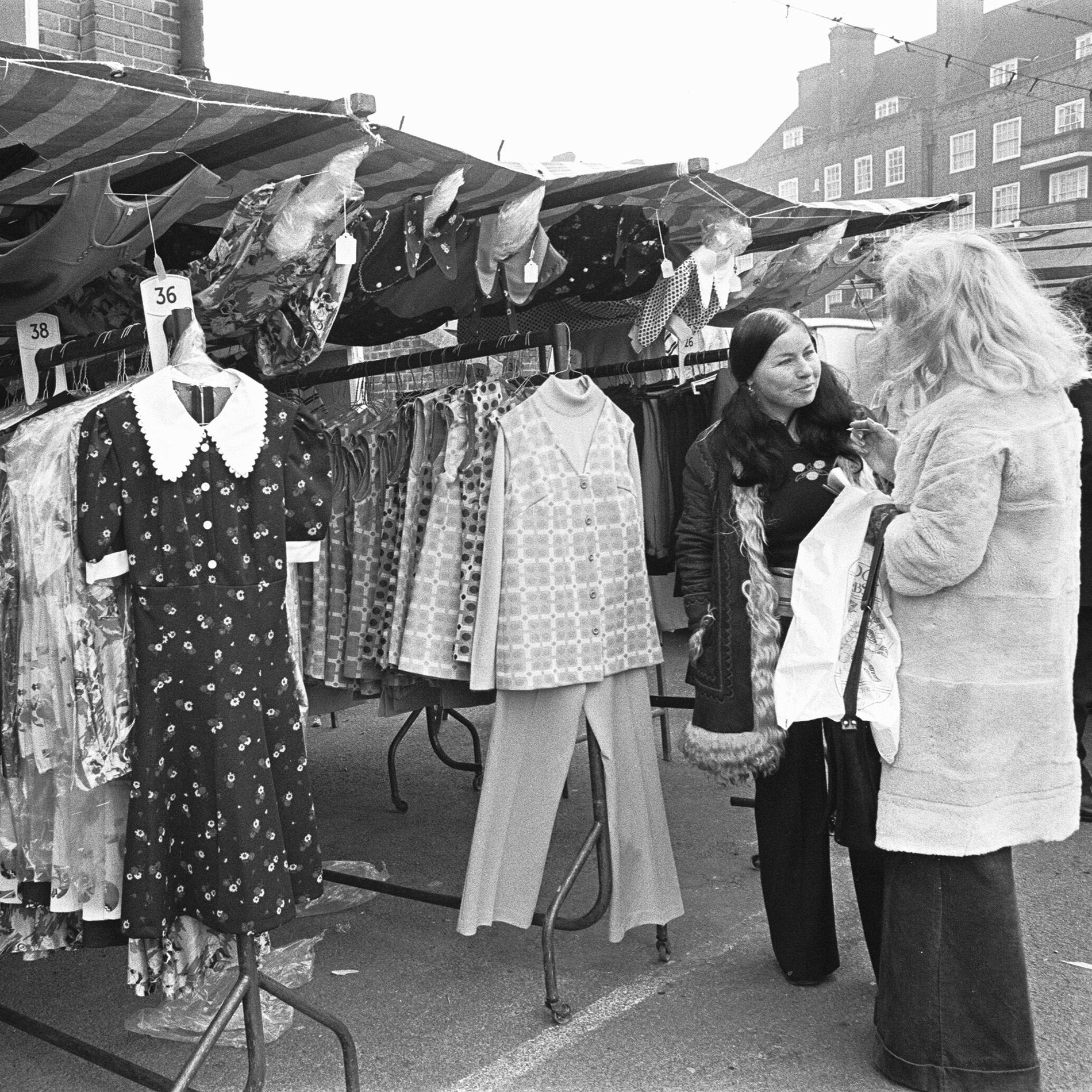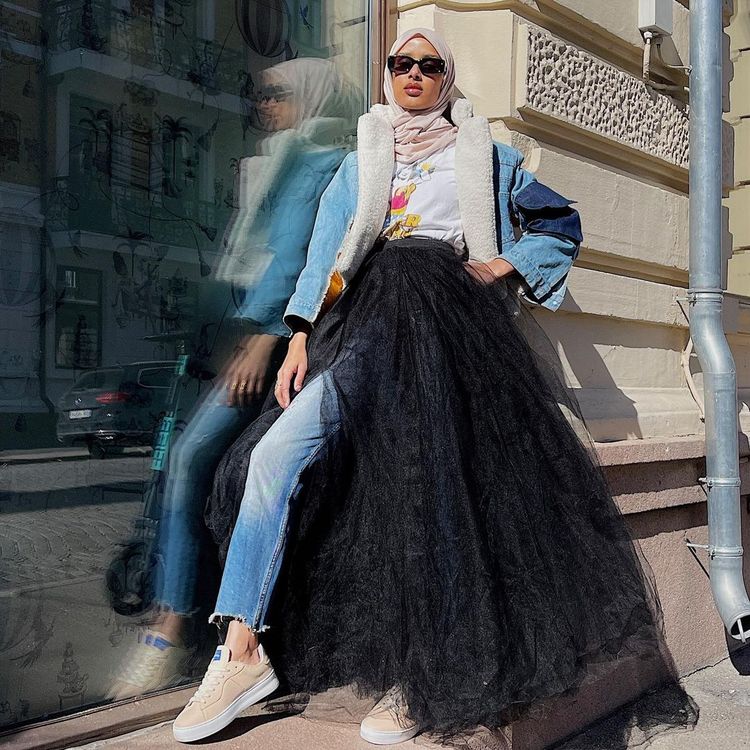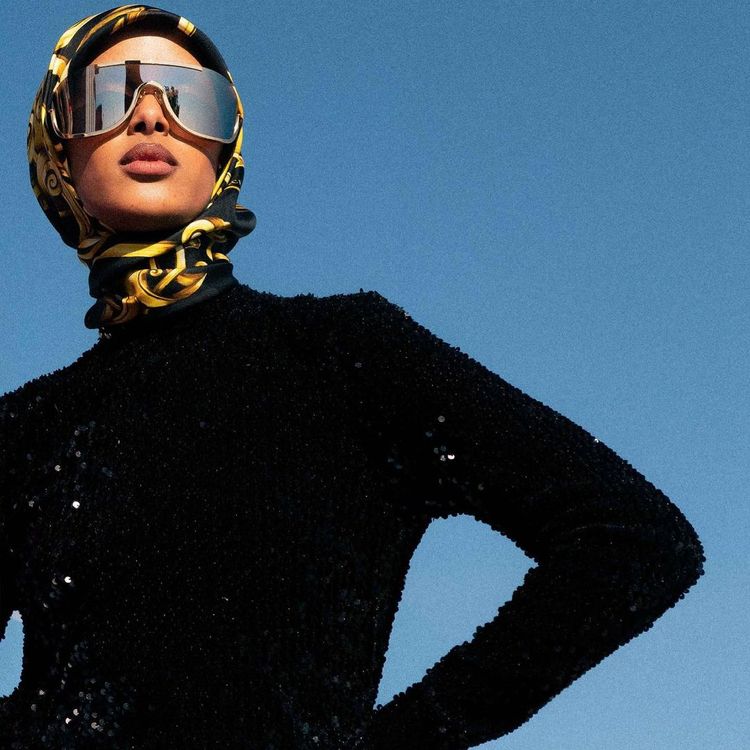Our Norwegian Fashion Editor pens an ode to thrifting in Norway
My first introduction into fashion was through second hand. My family thrifted clothing out of necessity. Everything I owned was either inherited from older siblings or purchased from flea markets and vintage shops.
The many hours spend looking through the vintage shop, the strive for individuality in my styling, closely examining each piece and my choice of garments is something that was very precious to me. As someone who was an outcast and marginalised by my peers in school based on my looks, I found it empowering to wear clothes they did not have access to.

Photo: Getty
With all the money in the world my styling was still out of their reach, they could not go to mall and pick out the outfit. I had found a companion in my solitude. What intrigues me about second hand is the direct reflection of the customers behaviour, you are not influenced by big budget campaigns telling you what to purchase and you are not under marketing tricks dictated by luxury brands. It's an intimate relation between you and the clothes with no outside interruption.
My first introduction into fashion was through second hand.
Rawdah Mohammed
The general public’s growing concern for our environmental issues and our role in it has sparked the sustainable fashion movement. The solution has been a newfound appreciation of secondhand alongside with challenging the world of fast fashion.

Photo: @rawdis
Vintage shopping is not all glory and certainly has room for improvement. The issue of finding affordable clothing on a budget with good quality that fits all shape and forms of customers is ongoing. There is no point in sustainability if it's not accessible to all people. Second hand is also not suitable for doing hauls. People actually depend on it and don't have the luxury of buying brand new clothes. We have to be mindful when buying second hand.
Norwegians are going back to their roots - a time when taking care of your belongings was better than neglecting them. Like our elders who handled their belongings with such a care it was possible to inherit a garment for generations to come. The average Norwegian satorialist doesn't want to look like part of herd. Everyone is seeking individuality and have embarked on the journey of self expression however that may be. To buy vintage here is not merely about what is good for the wallet or the environment but rather more about the important values of our society. What we use and buy should be based on reason.
